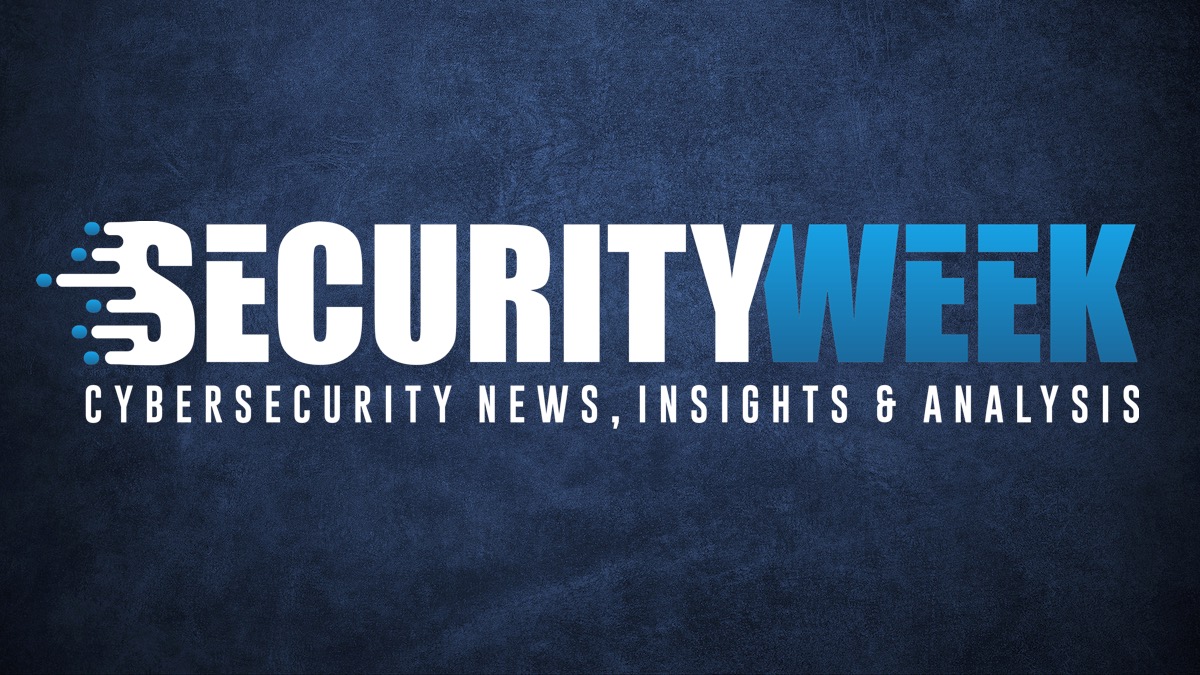
Microsoft 365 Targeted in New Phishing, Account Takeover Attacks
- 17.03.2025 13:40
- securityweek.com
- Keywords: Phishing, Account Takeover
Microsoft 365 is targeted by phishing and account takeovers through two campaigns. Attackers exploit legitimate domains, fake billing emails, and OAuth apps to steal credentials and impersonate Microsoft for attacks.